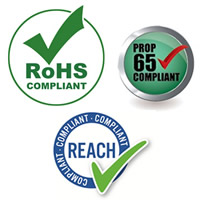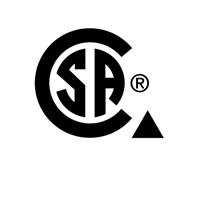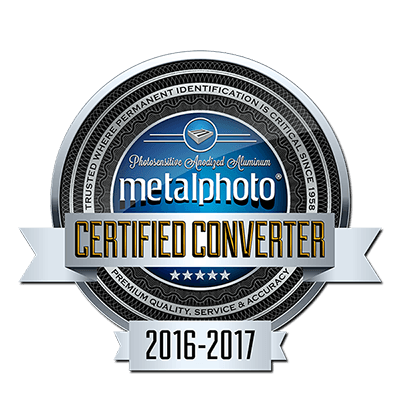Since 1984, Your Trusted Source for
Labels, Overlays, Nameplates, Gaskets and Corporate Apparel & Promotions
Selected as a 2022 Outstanding Small Business Supplier to Lockheed Martin and have been selected as a GROWFL Florida Companies to Watch 2023 Awardee!
How Can We Help You?
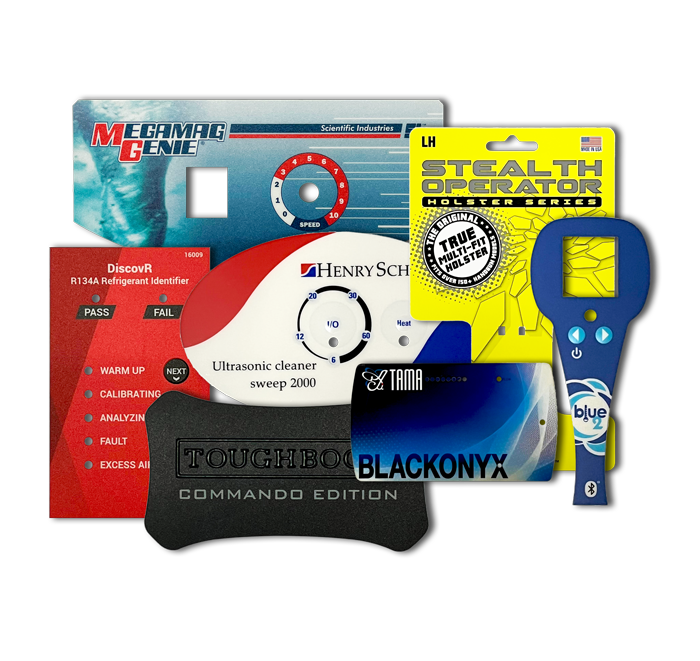
Graphic Overlays
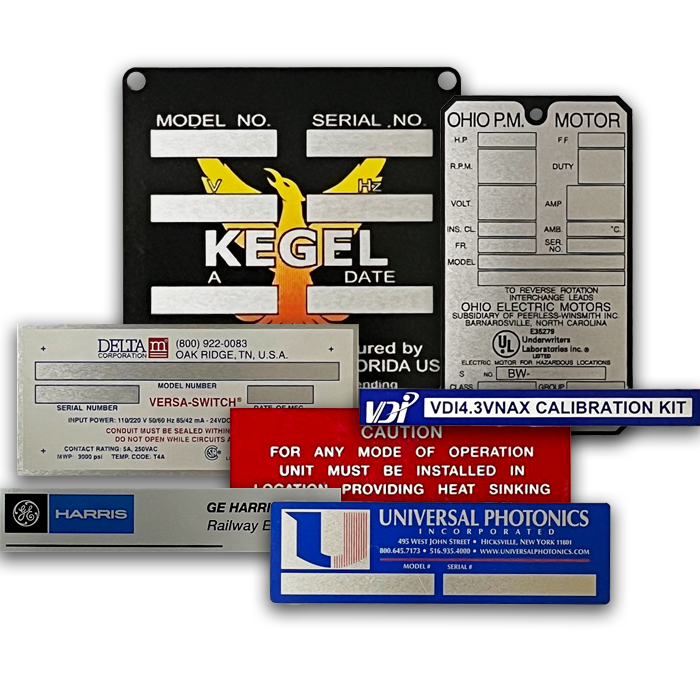
Nameplates

Custom Labels
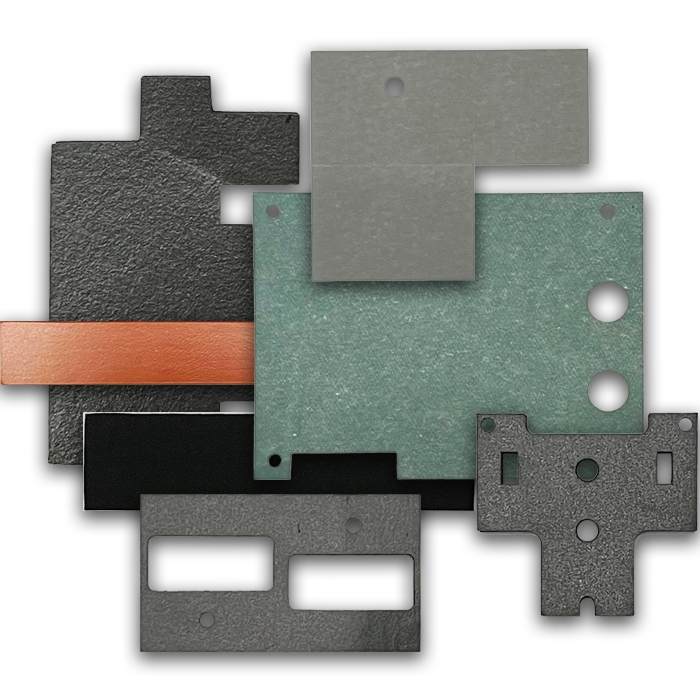
Custom Cut Specialty Products
See What Makes DG Stand Out From the Rest!
TRUSTED BY AMERICA’S TOP COMPANIES SINCE 1984
How have we grown to become one of America’s most distinguished industrial printing companies?
OUR PEOPLE
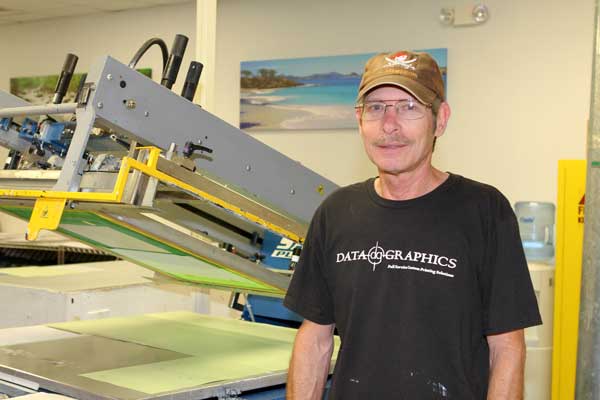
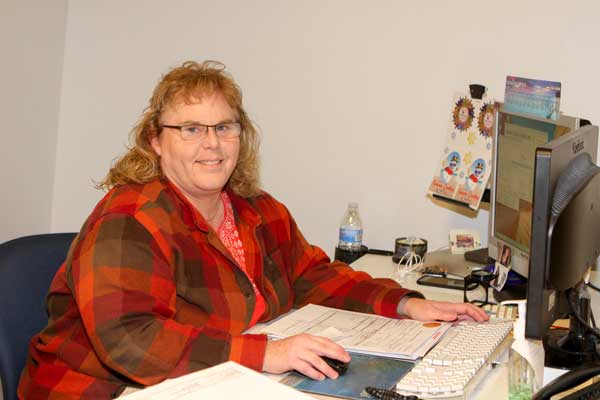
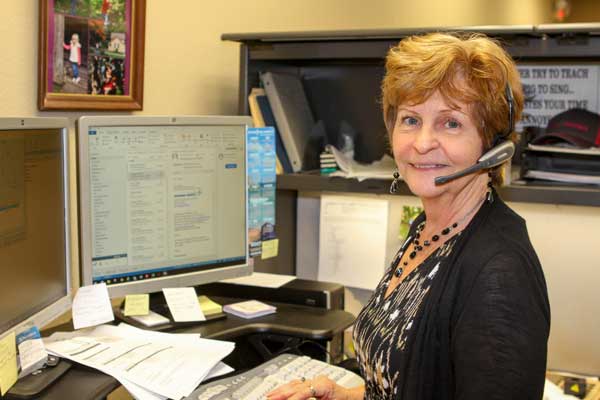
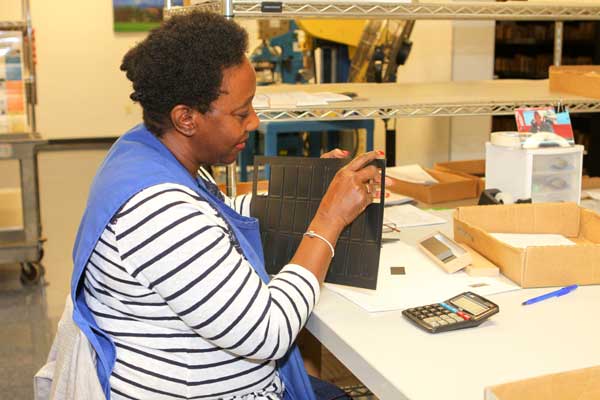

Why Customers Choose Data Graphics…
PROVEN TRACK RECORD
Our client list reads like a who’s who of Fortune 500 companies:
Samsung, Siemen, and GE. We are winners of the Platinum Premier Supplier Award from Rockwell Collins and the incredible prestigious Gold Supplier Award from Boeing. We are a truly elite UID barcodes, custom printed label, screen printed overlay, and metal asset tag manufacturer. Once we serve new custom label clients, they rarely go elsewhere for their printing needs. More than 80% of customers have returned for repeat orders.
The more demanding the specs for your custom printed labels, the more our services stand out from the competition.
UNCOMPROMISING QUALITY
We want to be your go-to name plate, overlay, custom decal, and asset tag manufacturer for many years to come. To stay at the top of our industry, we continually upgrade our company to ensure you’re getting the best service possible. We recently completed a $1 million upgrade of our facilities and machinery, including the addition of a new Hewlett Packard Indigo 5600 Digital Press.
We don’t only focus on equipment and facilities. We maintain the quality certifications you need in a printing vendor, including UL, AS9100:2016 Rev D, ISO9001:2015, Metalphoto, and ITAR Compliance. We also hold the UL’s 969, and PGDQ2 special designation on some materials, making us one of the most widely certified name plate, overlay, asset tag and custom label printing house in America. We continually expand this highest UL designation to other materials. Read our reviews to see how our exceptional certifications produce quality results our clients trust.
ON TIME DELIVERY
WE COMPLETE 60% OF OUR CUSTOM PRINTED LABELS AHEAD OF SCHEDULE
We invite you to tour our facility to see our amazing production process that allows us to complete 60% of our orders ahead of schedule. Some competitors’ printing facilities are so messy and disorganized that you couldn’t and wouldn’t want to visit. We take pride in our production by maintaining the cleanest, most organized facility.
How does this translate to faster order completion? Carefully cataloged parts and materials let us complete production faster. Well-maintained, finely tuned equipment runs smoothly without the risk of time-consuming repair delays. Neat, clean production ensures your printed materials don’t get damaged by floating debris and splashing chemicals. It all adds up to one thing –faster, better UID barcodes, custom decals custom label overlays, and custom asset tags for you.
Qualified to Deliver to Your Exact Specifications




